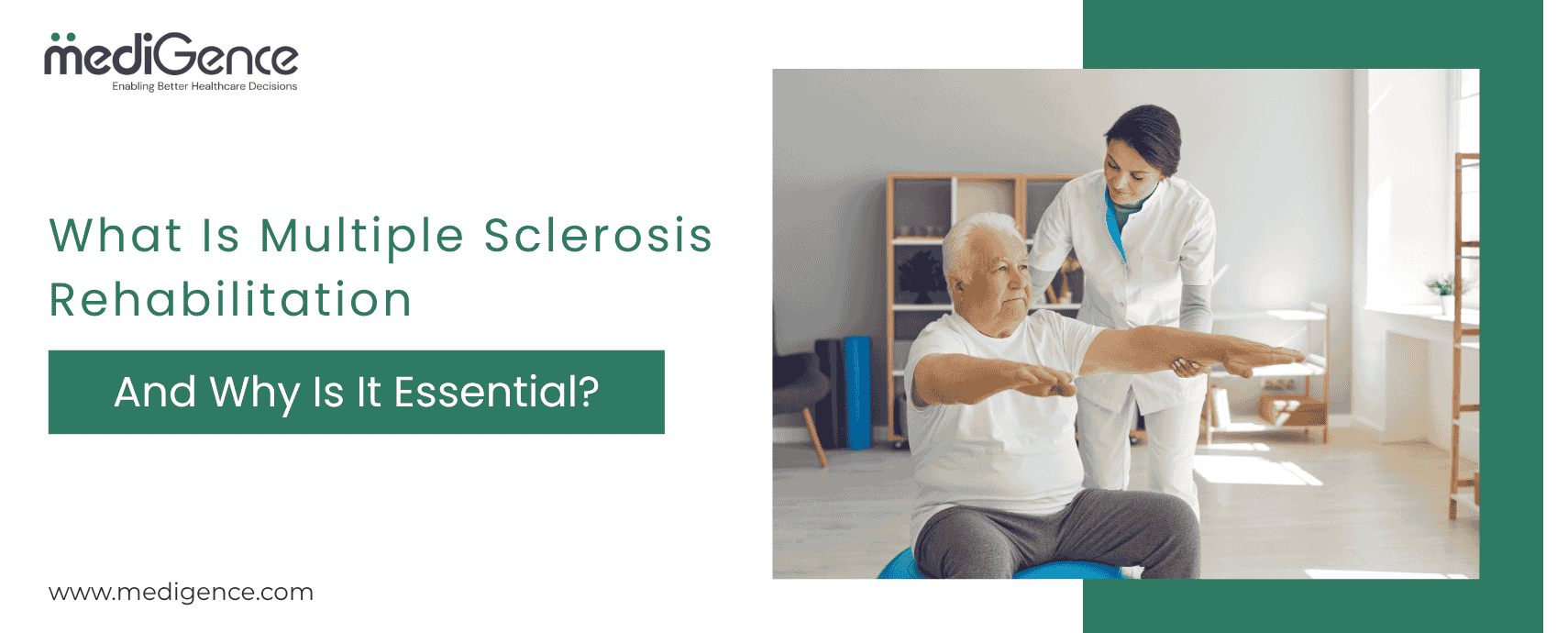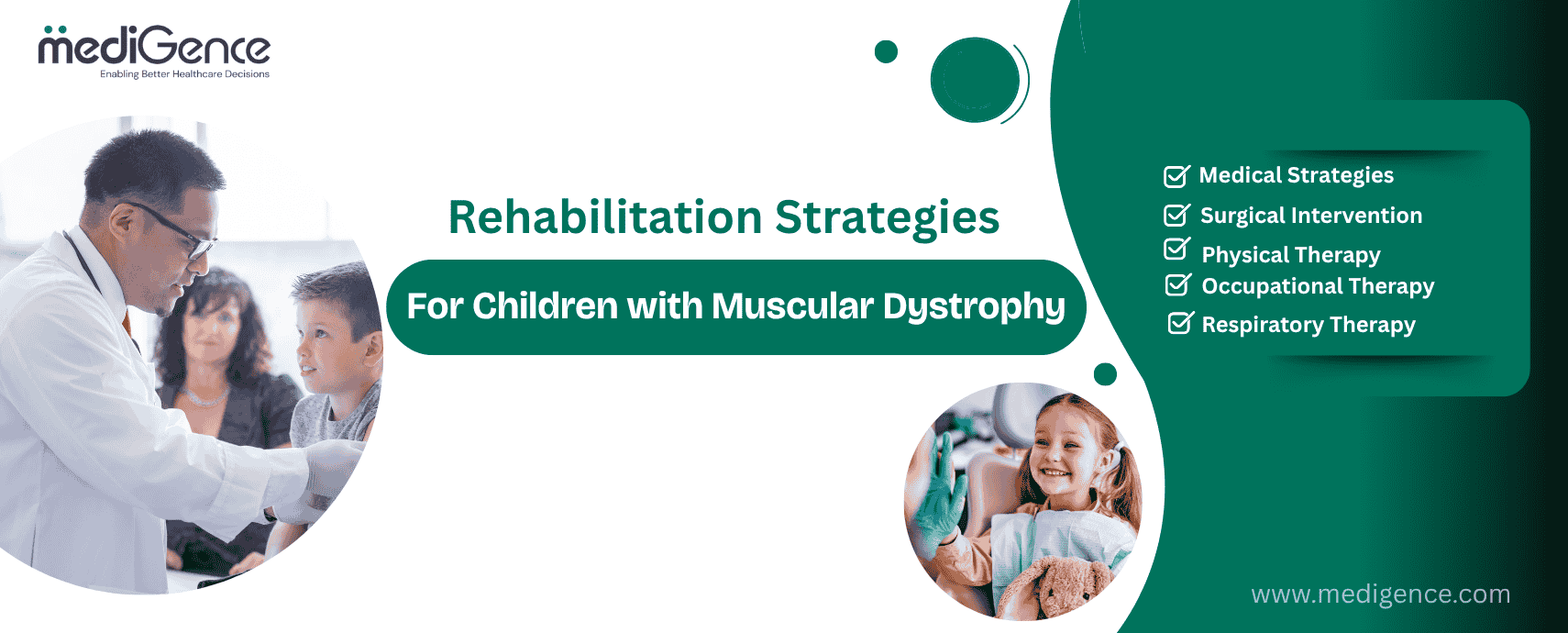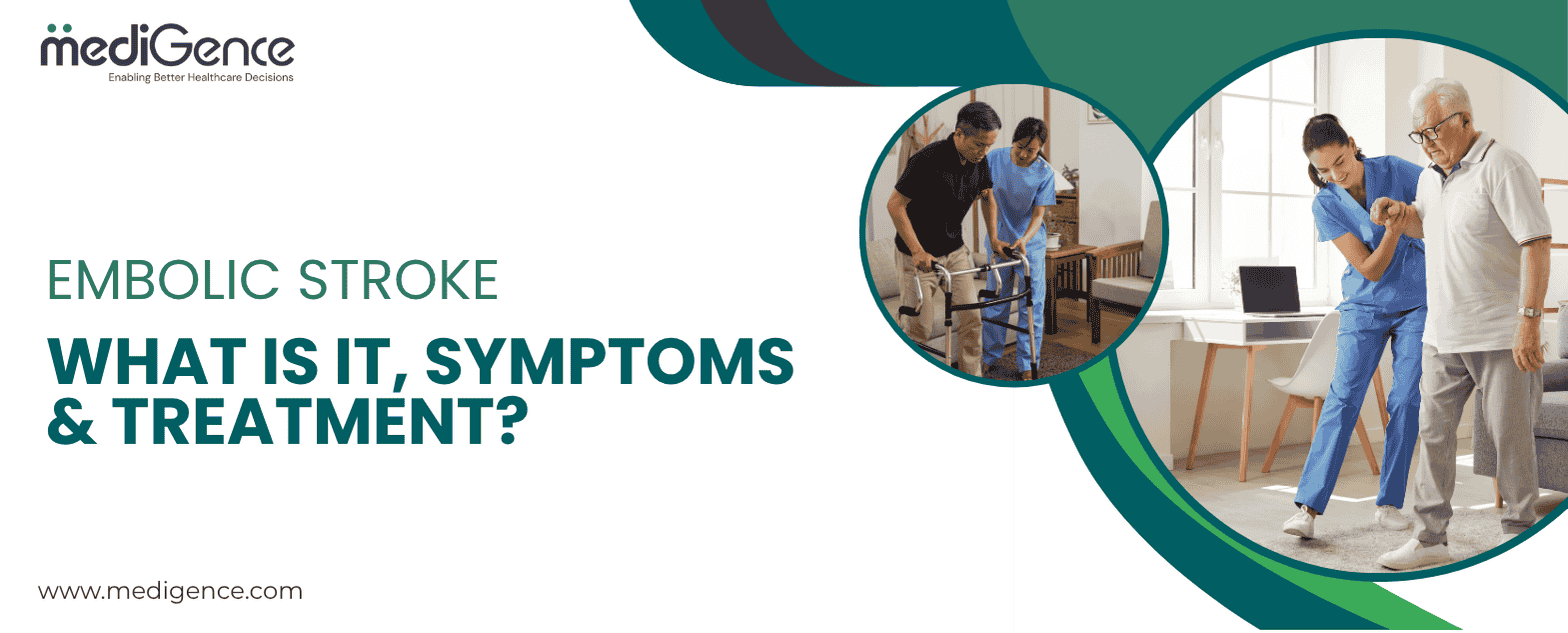Multiple sclerosis is the neurological condition in which the protective covering called myelin sheath of the nerve cells is damaged. Nerve cells present all over the brain and the spinal cord and contribute to the nervous system. Damage of protective covering shows symptoms like fatigue, vision problems, muscle weakness, shaking of the body, loss of balance, speech problem, respiratory issues etc.
Multiple sclerosis is permanent, progressive and also irreversible but multiple sclerosis rehabilitation will help to maintain and restore maximal functional ability and quality of life. Rehabilitation focusses on maximising current strengths and abilities while also focussing education and energy management.
Statistics show that there are over 2.5 million MS sufferers worldwide, with the majority being between the ages of 18 to 50. Female patients have more than male patients.
Types of Multiple Sclerosis
- Clinically Isolated Syndrome: Clinically isolated syndrome shows pre multiple sclerosis symptoms. It is an indication that you may or may not have multiple sclerosis soon. Symptoms shown by clinical isolated syndrome are; ball and bladder problems, difficulty in swallowing food, vision balance, coordination speech and walking.
- Relapsing-remitting Multiple Sclerosis (RRMS): This is the most common type of multiple sclerosis. Around 85% of people have this type of multiple sclerosis. Relapse meaning return to the previous bad condition, like the meaning of a relapse person suffering with this may be seeing an increase in their current symptoms or the onset of new ones. These often only last a few days to a few months. Then the remitting phase began in which disappearance of the symptoms disappear for months or years.
- secondary-progressive Multiple Sclerosis (SPMS): This is the same as RRMS but in this remitting phase it will not occur so all symptoms will not go away. Relapses are still possible in patients with secondary-progressive MS, but they often do not completely go away. This is known as “active” secondary-progressive multiple sclerosis. This kind of MS is known as non-active secondary-progressive MS because, in the absence of therapy, many patients eventually have ongoing disability progression without relapses.
- Primary Progressive Multiple Sclerosis (PPMS): As soon as signs of primary progressive multiple sclerosis start to show, neurologic function gets worse or damage builds up. Early remissions or relapses do not occur. About 15% of MS patients receive a primary progressive multiple sclerosis diagnosis.

Book Online Consultation
Symptoms of Multiple Sclerosis
Initial Symptoms Include:
- Muscle weakness one side of the face, arm or leg or sometimes both the legs.
- Abnormal sensations or numbness on one side of the body
- Vision problem (double vision or vision loss)
Other common symptoms:
- Fatigue
- Stiffness
- Dizziness
- Tremors
- Headadache
- Speech difficulty
- Difficulty in swallowing food
- Ball and bladder dysfunction
- Memory issues
- Anxiety or depression
- Loss of balance and coordination
- Abnormal walking pattern
Importance of Rehabilitation in Multiple Sclerosis
Research proves that drugs can relieve symptoms of multiple sclerosis but there is no proven medication that can stop disease progression and cure multiple sclerosis.
According to recent studies, rehabilitation therapy can lower a patient’s degree of disability and increase their functional status, making it an important treatment method for enhancing everyday life skills.
Benefits of rehabilitation like physical therapy, occupational therapy, speech therapy in multiple sclerosis treatment and greatly enhances the treatment outcome for MS patients.
Multiple Sclerosis Rehabilitation
Rehabilitation is one of the parts of overall MS management that prioritises function. The goal is to help the person with MS make decisions about their treatment priorities by promoting independence and enhancing their quality of life through goal-oriented treatments.
Physical Therapy
Physical therapists assess and treat the mobility and function of your body. They are very helpful for walking and mobility problems, as well as for strength, balance, posture, discomfort, and fatigue. Exercise, gait training, also education in the use of mobility aids (canes, crutches, and wheelchairs) and other assistive equipment may all be included in physical therapy. PT helps you reach and maintain maximum performance while supporting independence and safety.
Occupational Therapy
Supporting daily tasks including cooking, dressing, and taking a shower evaluating your living and working spaces in order to spot possible risks and make them more effective to meet your requirements suggesting specialised tools or assistive technology for use at work or home.
Speech Therapy
The speech therapy assesses and treats swallowing speech issues. Damage to the central nervous system that impairs muscle control may cause these problems. Clear communication, safe swallowing, and general health can all be improved with speech therapy.
Cognitive Therapy
Cognitive describes the functions of your brain, such as memory, problem-solving, and decision-making. These things can be more difficult with multiple sclerosis. Your brain can frequently be retrained in therapy to perform these tasks in other ways. For instance, you might learn to rely on alternative methods of remembering and maintaining organisation, such as using a filing system, a computer, a mobile phone, or a notebook.
Aquatic Therapy
Benefit those who suffer with progressive multiple sclerosis. It enhances mental and overall health, boosts energy, and promotes social engagement even when a person has a physical impairment. Patients with even severe lower extremity paresis can conduct standing and movement activities because of aquatic training’s diminished effect of gravity.
New Techniques Used in Multiple Sclerosis Rehabilitation
- Functional Electrical Stimulation (FES)
- Transcranial magnetic stimulation
- Virtual reality
- Robotic assisted gait training
- Telerehablitation
- Transcranial direct current stimulation
Conclusion
Multiple sclerosis has no known cure and is a lifelong condition. There are excellent therapy options available to increase mobility and quality of life, multiple sclerosis rehabilitation is crucial. People can become stronger, maintain their independence, and enhance their general health with organised multiple sclerosis rehabilitation programs, and multiple sclerosis care.









